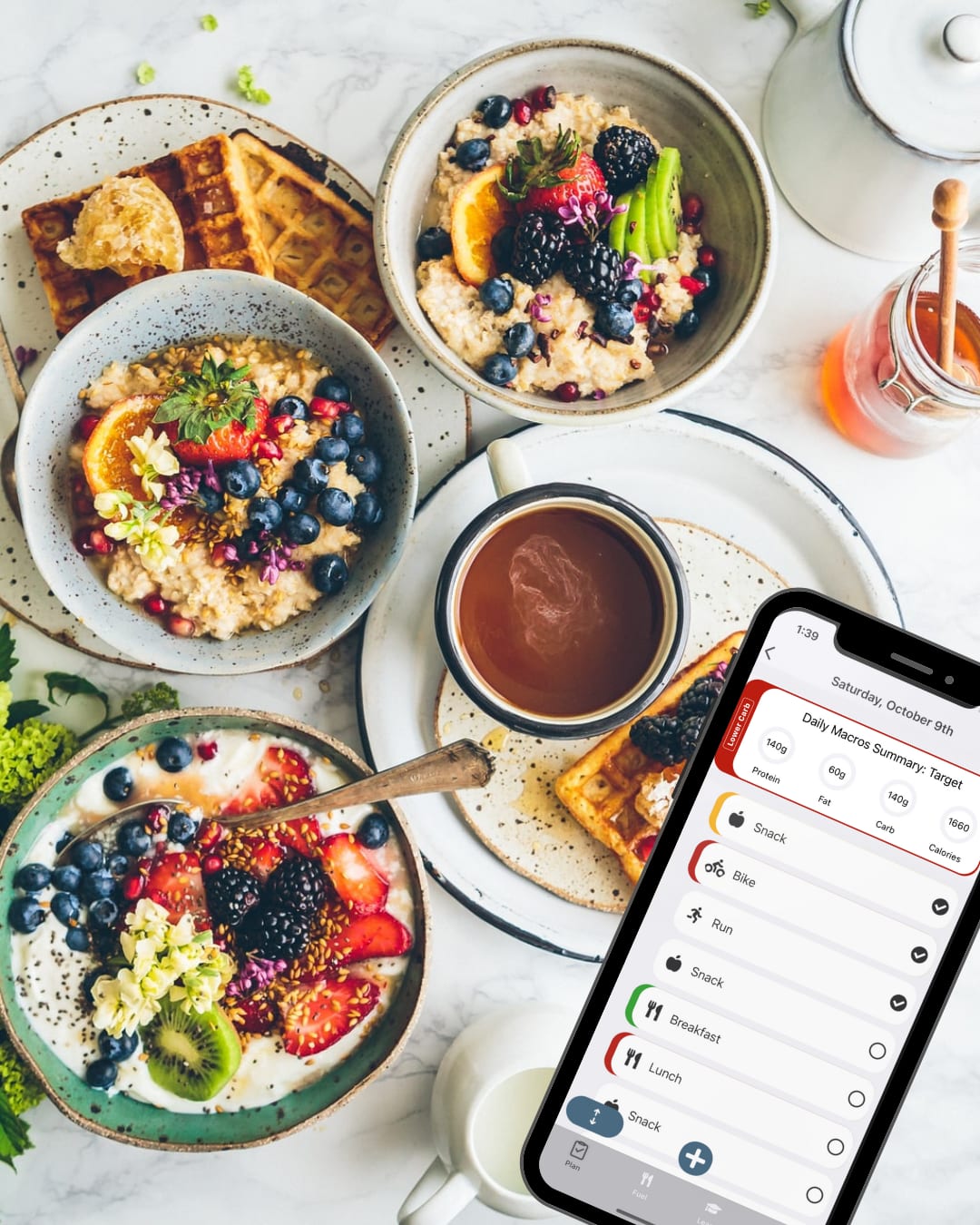
In this blog post, our partner Fuelin covers what GI complaints are, where they originate from, and what you may be missing in training. We are excited to unveil this article to help improve your new season.
This article is courtesy of our partners Fuelin.
When you reflect on this season, what comes to mind? The elation of completing your race? Smashing your previous PR? The wasted chances? The all too frequent gut issues that plagued your race season? Hopefully, the former and not so much of the latter. Unfortunately, gastrointestinal (GI) complaints are frequently reported in endurance athletes. Studies suggest that 30-50% of athletes experience such complaints (1). Most gastrointestinal symptoms during exercise are mild and of no risk to the athlete's health. More often than not, it just inconvenience and moments of you thinking and wishing, “What if I didn’t nearly sh*t my pants!”
What would be considered GI Complaints?
You may need help understanding what this refers to when you hear about GI complaints. We can discuss them as upper GI and lower GI complaints to keep it simple. The upper refers to burping, belching, gagging, bloating, regurgitation and vomiting. Lower will refer to cramping, nausea, bloating, farting, urge to defecate, and diarrhea. Both are fairly unpleasant and can sometimes occur at the same time.
More often than not, lower complaints are more serious and have a bigger impact on performance. Upper complaints are related to reduced or slowed gastric emptying of the stomach contents into the small intestine. Lower complaints are more often associated with carbohydrate absorption issues.
Why are GI Issues so prevalent?
There are many reasons why GI complaints can occur. The choice of carbohydrates can be one such reason. Highly concentrated carbohydrate liquids can reduce gastric emptying rates. This may not be an issue on the bike, yet when the mechanical stress of running is encountered with the run off the bike, it can result in disaster pants. If this is you, consider replacing the carbohydrate liquid with a reduced volume and adding in gels and “blocks” as alternative carbohydrate sources.
Heat can reduce gastric emptying, so training in the heat and using passive heat acclimation strategies could assist this issue. Ensuring your habitual daily diet includes plenty of carbohydrates as research has shown an increased number of intestinal glucose-like transporters in athletes who consume higher amounts of carbohydrates. The consumption of a high-fiber diet –whilst great for general gut function, improvement in microbiome function, and population density– may also be a confounding factor when it comes to inducing GI complaints during high-intensity, prolonged training sessions and racing.
Structuring your daily nutrition to account for this is another important consideration in reducing GI complaints. Finally, dehydration can increase the permeability of the intestinal lumen resulting in reduced absorption (1).
How can an athlete eliminate, or at the least mitigate, GI Issues?
GI complaints have many factors to consider, but one that you have control over is training the gut. This notion of training the gut has recently gained much attention due to increased research supporting the practice (2,3) and anecdotal reports in the field setting.
Indeed, at Fuelin, we are seeing significant improvements in subjective reporting of reduced GI complaints through the repeated practice of higher carbohydrate fueling during specific training sessions. This refers to specifically recommending targets for carbohydrate consumption per hour during zone 3 or race pace bike, run, or brick sessions.
These recommendations are specific to the individual athlete based on the data they supply within the Fuelin app. Depending on the ability and tolerance of the athletes, these recommendations can be as low as 50g/hr up to 120 g+/hr. The athlete requires repetitive and consistent gut training to get to these carbohydrate intakes. These are only some sessions where your coach demands performance and solid output. Where you want to learn and understand what your ‘carb capacity” is and how to improve it.
A common mistake we see with athletes starting the Fuelin program is that they have rarely practiced their race nutrition and, therefore, need more understanding of their carbohydrate capacity (as we like to call it). The good news is the post-season is an opportunity to get going and dial it in.
What are some products you recommend to limit GI Isuses while maintaining fueling needs?
At Fuelin, we consider ourselves product agnostic. This refers to the fact that we are not bound to any specific brand or product. Instead, we focus on what we know works and recommend products we believe in. It is essential to consider the taste, texture, ingredients, and price of products.
A few important considerations are whether or not the product has multiple transportable carbs (MTC’s). This sounds super complex, yet all you need to look for is whether or not the product has glucose or maltodextrin AND fructose in it. Some may have sucrose in them – which is glucose and fructose combined. You may want to include MTCs if your carbohydrate consumption per hour is greater than 60-70g/hr.
The reason you may want to include MTC’s is the body is limited in its ability to transport and absorb glucose only. Using another form of carbohydrate can improve this process.. A word of warning, fructose can also slow gastric emptying and cause some upper GI complaints. So it is important to practice with these products and work out which ones suit you best.
We like the following brands for carbohydrate options to consider in the post-season.
Gels: Endurance Tap, PF30, Maurten 100, Powerbar Original
Chews: Clif Bloks, SIS Betafuel Chews
Liquid: Maurten Drink Mix 320, PF30 Drink Mix
Bars: Picky Bars
The most crucial part of trying new products is to be consistent and diligent with your approach. Be strategic with the sessions you and your coach decide to use in. tart with smaller amounts. Assess your grams/hour and any GI complaints during the sessions. Once reviewed, plan the next session and beyond until you feel comfortable with your product choice, total intake, and the frequency at which you will consume the carbs.
Scott Tindal MSc BAppSc PGDip SENr
Co-Founder and Chief Nutrition Officer | Fuelin
